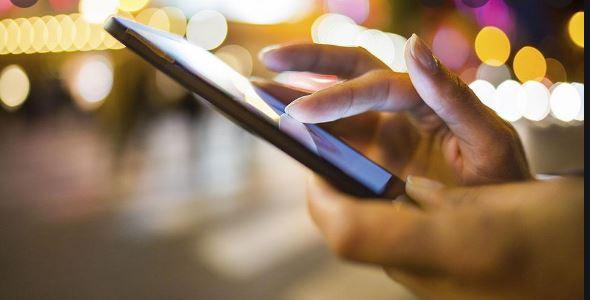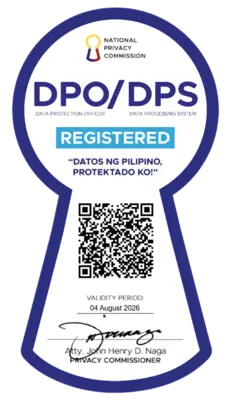DepEd: Cellphones allowed in classrooms if for learning

With millions of Filipino students returning to schools on June 16, debates have surfaced over the use of cellphones and tablets in classrooms—particularly in schools that continue to enforce strict “no gadget” policies.
Education Secretary Juan Edgardo “Sonny” Angara clarified that while the general rule discourages cellphone use during class hours, the Department of Education (DepEd) supports the use of electronic devices when integrated into learning.
“It’s the general rule but if for learning, it’s allowed,” Angara told GMA News Online via Viber message.
He pointed to educational initiatives such as Khan Academy, which some public schools already use, with students accessing the platform via smartphones.
Classroom essential
In reality, digital gadgets have become essential classroom tools in many public schools—especially when there is a lack of physical textbooks, workbooks and reference materials.
“For many teachers, using cellphones or tablets is no longer optional—it’s necessary,” said Ruby Bernardo, president of the Alliance of Concerned Teachers (ACT) in the National Capital Region, during a press conference on Tuesday.
“Sa actual na situation sa classroom, dahil kulang ng learning material... ginagamit ang cellphone, tablet sa ilang references—paggamit ng modules online, PDFs, at iba pa,” Bernardo explained.
(In an actual classroom situation, the lack of learning materials means cell phones and tablets are used as references—accessing online modules, PDFs and so on.)
For example, teachers and students have been turning to resources such as YouTube videos, DepEd TV and free educational websites to fill gaps in necessary content. Many learners also download learning modules, read e-books, and join class group chats where assignments and reminders are posted.
Bernardo stressed that the issue isn’t about banning cell phones outright but guiding students in their responsible and effective use.
“Ginagawa naming pamamaraan din ‘yan para dagdagan ang resources,” she said. (We use [gadgets] as a way to supplement our limited resources.)
AI
The same logic also applies to emerging tools such as artificial intelligence (AI), which are increasingly accessible to students—even at the basic education level.
“May mga pagkakataon na nakakatulong din talaga siya… halimbawa in terms of research sa kultura,” Bernardo noted. (There are times when it’s really helpful—for example, in cultural research.)
Incoming ACT party-list Representative Antonio Tinio echoed similar sentiment when it comes to using technology in classrooms. “Tinitingnan natin paano talaga siya makakatulong sa mga estudyante in further learning and advancement sa knowledge production,” he said.
(We’re looking at how [AI] can really help students in further learning and advancing knowledge production.)
DepEd has already started incorporating AI into its teacher training and educational tools. Angara noted the department launched the Education Center for AI Research (E-CAIR) earlier this year to explore the ethical and effective uses of AI in public education.
Among the said tools is Khanmigo, an AI-powered learning assistant developed by Khan Academy and made freely available to public school teachers and learners nationwide. Launched in the Philippines in December 2024, Khanmigo is helping students with math, reading comprehension and even personalized learning pathways.
With the 2025–2026 school year about to begin, teachers face a delicate balancing act: ensuring classroom discipline while embracing the potential of technology for educational purposes.
Many schools continue to enforce no-gadget rules to prevent distractions, cheating, and cyberbullying. However, education advocates are urging administrators to revisit these policies and consider more nuanced approaches. —RF, GMA Integrated News




